CPI inflation up as expected, with declines having leveled off.
The overall November Consumer Price Index (CPI) rose by 0.3 percent for the month, as did the core CPI (removing the volatile food and energy components). The 12-month trend rate for the overall CPI ticked higher to 2.7 percent, while the core trend rate remained at 3.3 percent. Food and energy costs both accelerated in November, as did new and used cars/trucks. Shelter price gains edged lower to 0.3 percent, but this still accounted for about 40 percent of the increase for the overall index.
The November CPI suggests that the November PCE inflation figures will also edge higher.
Declines in inflation have clearly leveled off, at least recently, at a pace still in excess of the Fed’s 2.0 percent long-term goal (using the PCE price index, which tends to be a bit cooler than the CPI). Even so, financial markets continue to put a high probability of the Fed cutting the federal funds rate by 25 basis points (bps) at next week’s FOMC meeting. Market expectations for a year from now are for a total of 75 bps in cuts (including next week) – another two cuts over the course of 2025.
The Fed expects economic activity to slow modestly next year, with inflation moving lower again, and that explains why markets view more Fed easing as likely. But recent comments from Fed Chair Powell (and other members of the FOMC) suggest that the Fed could be less inclined to ease as rapidly as it previously thought. Hence, only 50 bps of declines next year rather than more than 100 bps as expected only a few months ago.
We think this is a reasonable expectation of Fed actions, given the uncertainties of policies from the incoming Trump administration. Higher tariffs are clearly inflationary, less immigration is probably inflationary, but reduced regulatory burdens are probably disinflationary. The net effect? It’s not clear, but the odds favor less of a decline in inflation in 2025 than markets were looking for. What the Fed actually does in 2025 will depend upon the movements in inflation next year. Fed inflation forecasts are no more accurate than anyone else’s and they change as the data change.
David W. Berson, Ph.D.
Chief US Economist
Email | Bio
Links to other websites or electronic media controlled or offered by Third-Parties (non-affiliates of Cumberland Advisors) are provided only as a reference and courtesy to our users. Cumberland Advisors has no control over such websites, does not recommend or endorse any opinions, ideas, products, information, or content of such sites, and makes no warranties as to the accuracy, completeness, reliability or suitability of their content. Cumberland Advisors hereby disclaims liability for any information, materials, products or services posted or offered at any of the Third-Party websites. The Third-Party may have a privacy and/or security policy different from that of Cumberland Advisors. Therefore, please refer to the specific privacy and security policies of the Third-Party when accessing their websites.
Sign up for our FREE Cumberland Market Commentaries
Cumberland Advisors Market Commentaries offer insights and analysis on upcoming, important economic issues that potentially impact global financial markets. Our team shares their thinking on global economic developments, market news and other factors that often influence investment opportunities and strategies.

